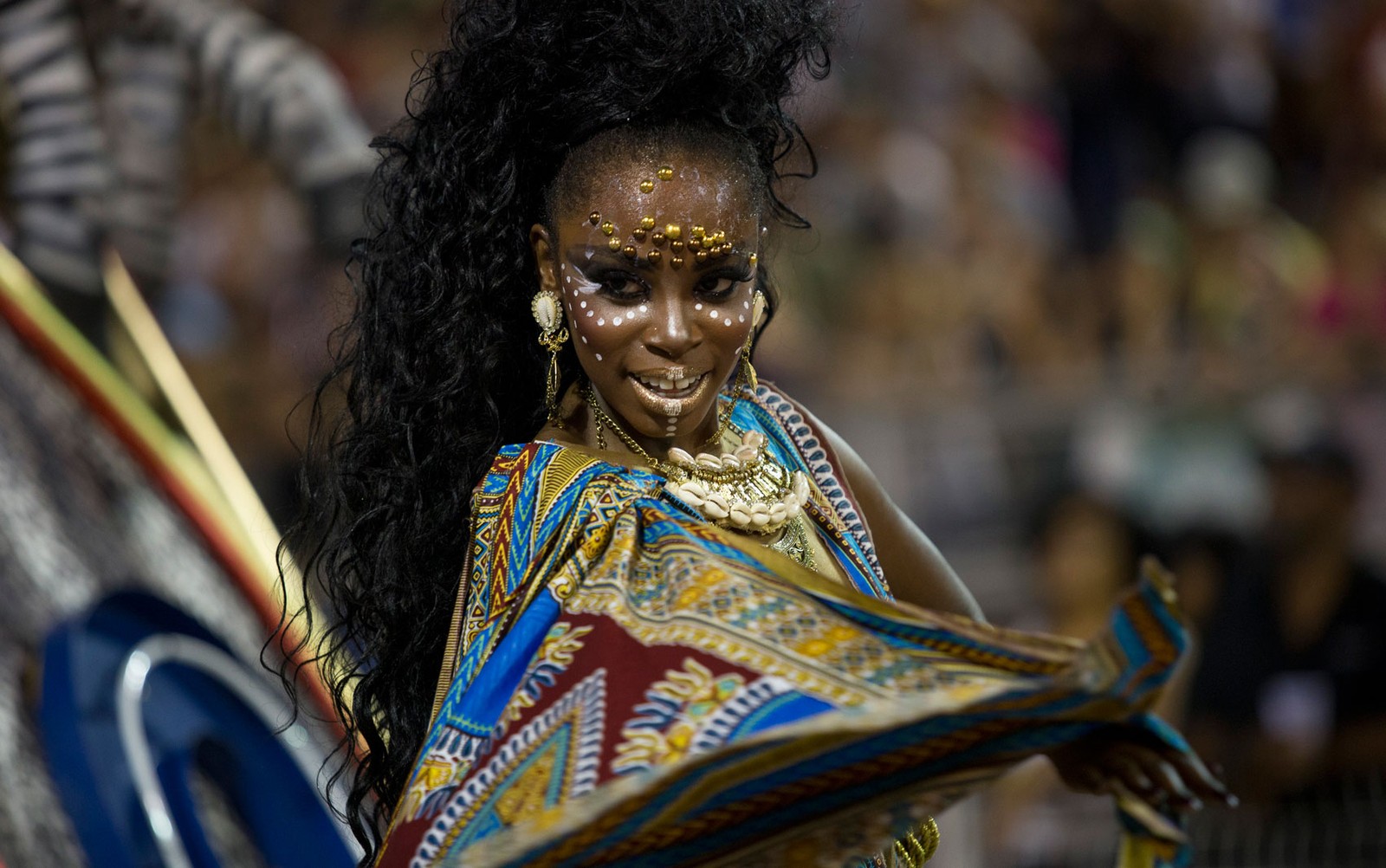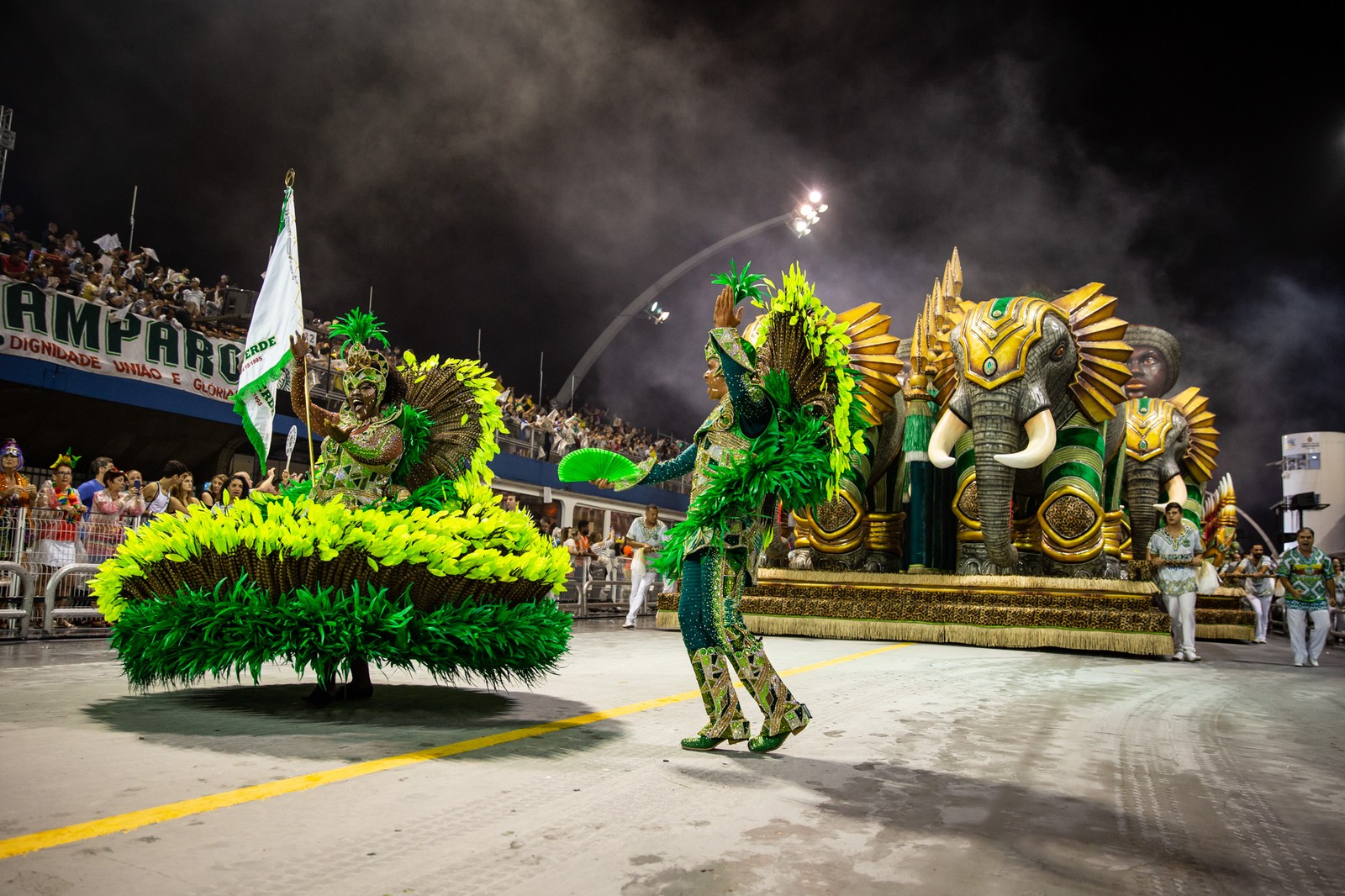The Samba is not simply a dance or music; it is a way of life. Without samba, there would be no excitement or thrill at the carnival. The upbeat tempo and happy tunes will give you the right amount of energy needed to party through the Brazil Carnival week. The use of samba in carnival has become a culture that simply cannot be changed since there is no other type of music that can replace what samba symbolizes for the Brazilian carnival. The Sao Paulo Carnival is no exception, it truly lives up to what samba is all about: a culture and art and a way of living.
The African Brazilian Culture
Similar to the other carnivals in the country, the Sao Paulo Carnival also exudes Afro-Brazilian influences. From the tribal like beats, to the costumes and parades, these are all signs of the strong influence the African slaves had on the modern Samba parade. This culmination of ideas is celebrated each year and the best one in terms of creativity and entertainment gets to win the championship.

The parades at the Sao Paulo carnival are all held at the Anhembi Sambadrome in which 14 of the best schools in Rio will compete against each other to win the championship. Aside from the 14 samba schools, there are 2 more groups which will join the annual Samba Parade, these 2 groups are teams with Afro-Brazilian roots. The schools joining the parade are all associates of the LIGASP or the League of Independent Sao Paula Samba Schools.
Most Popular Samba Groups
The very first samba school in Sao Paulo was the Primeira Sao Paulo which was established in 1935.
Most of the samba schools in Sao Paulo started out as cheerleading groups who participated at the soccer matches. Other groups like the Camisa Verde e Branco and the Vai Vai were established in the 1960s. The first official parade competition happened in 1968 at the Avenida Sao Joao.
The Anhembi Sambadrome – Where the Action Happens
The Anhembi Sambadrome is the heart of the Carnival week in Sao Paulo. All participants in the Sao Paulo carnival like the Vai-Vai, Unidos do Peruche, Gavioes da Fiel, and the Camisa Verde e Branco will perform under its roof.

Aside from the top 14 samba schools competing at the Sao Paulo Carnival, there will be two additional groups, both of Afro-Brazilian roots. Aside from the schools everyone else is involved in creating the beautiful parade costumes and floats for the carnival week. The most important days of the Sao Paulo Carnival are during Friday and Saturday, the winner of the Sao Paulo Carnival parade will be announced on Ash Wednesday. The Anhembi Sambadrome can accommodate up to 30,000 guests; tickets for the show vary in price and get sold out fast so do buy yours in advance. There are also private boxes located inside the Sambadrome which can accommodate up to 25 people.
Parties by the Blocos
Aside from the Sao Paulo carnival parade, Sao Paulo is also known for the exciting street parties held at almost every corner of town.
The most popular blocos in Sao Paulo include Bantanta and Banda do Trem which always have a large number of followers during the parade. The street parties don’t just happen during the carnival week, they can even happen months before the actual parade. If you are not the type who likes to party all night, there are smaller towns beside Sao Paulo such as Sorocaba and Sao Luis do Paratinga that don’t get crowded so much during the parties and is best for those who don’t want to celebrate with the hordes of people at the parade.




